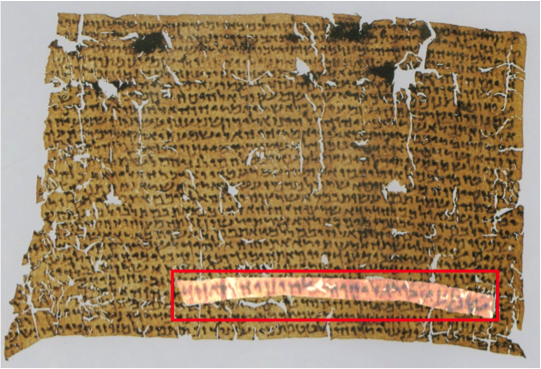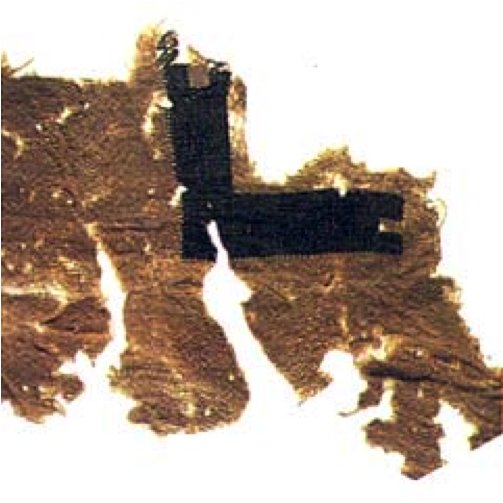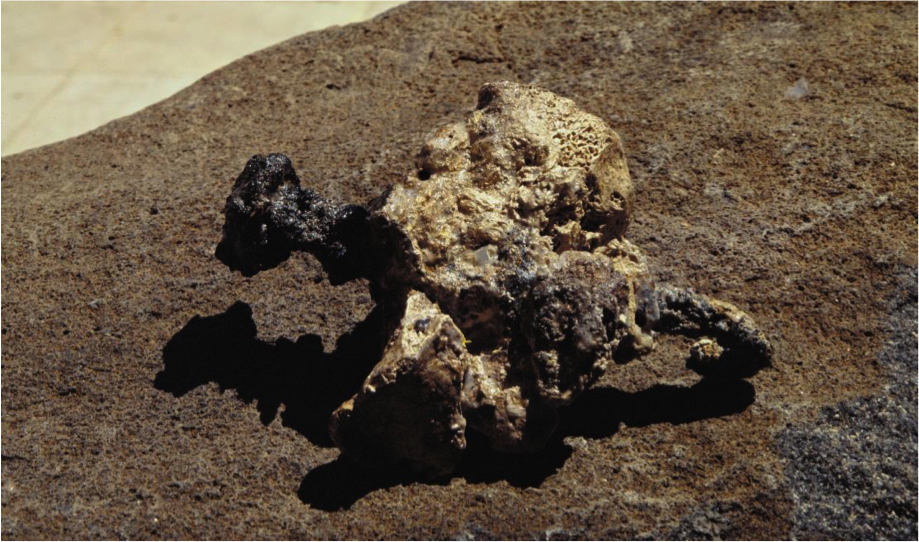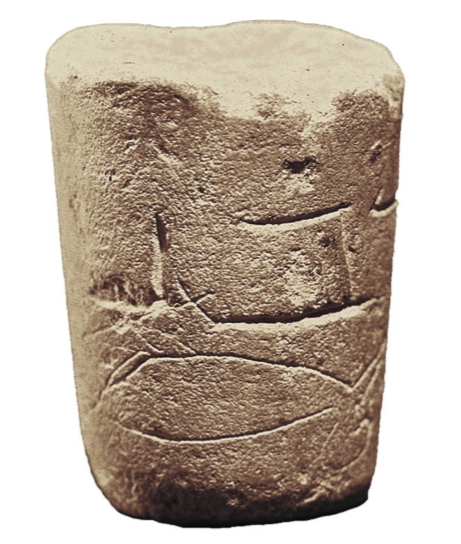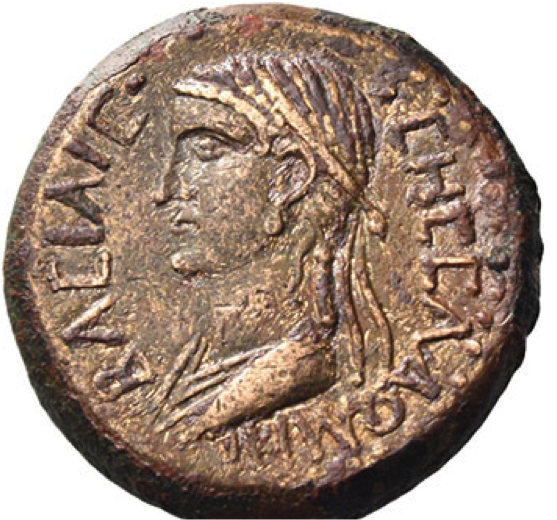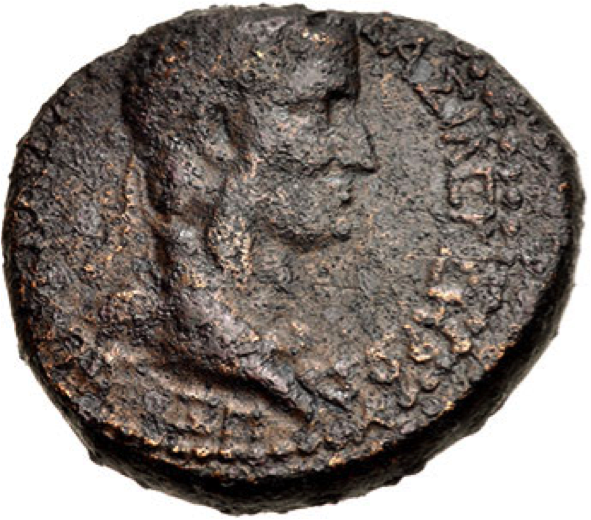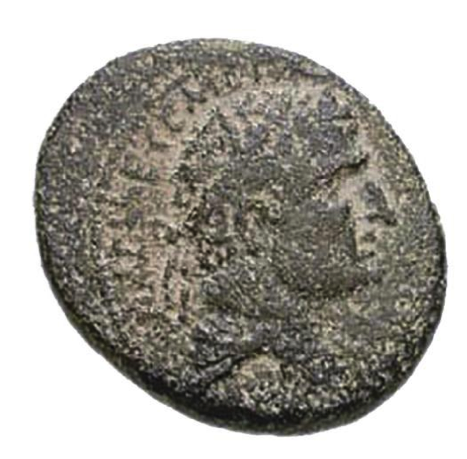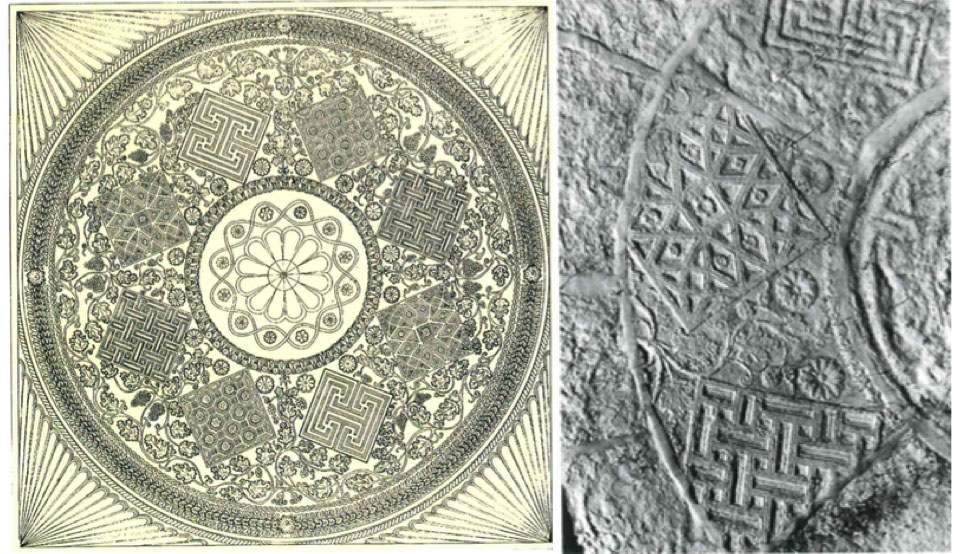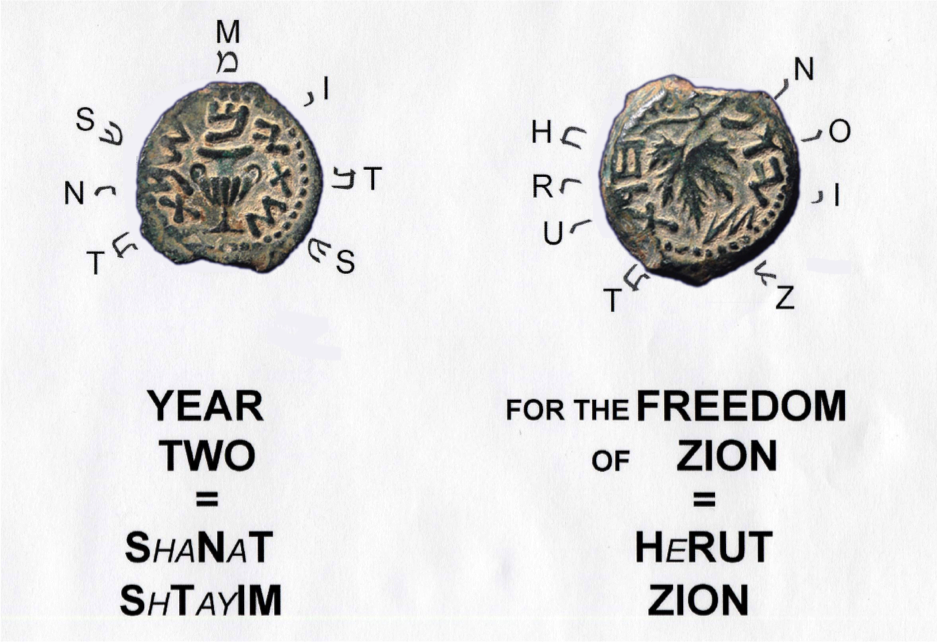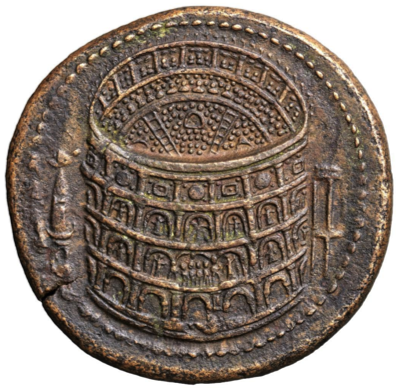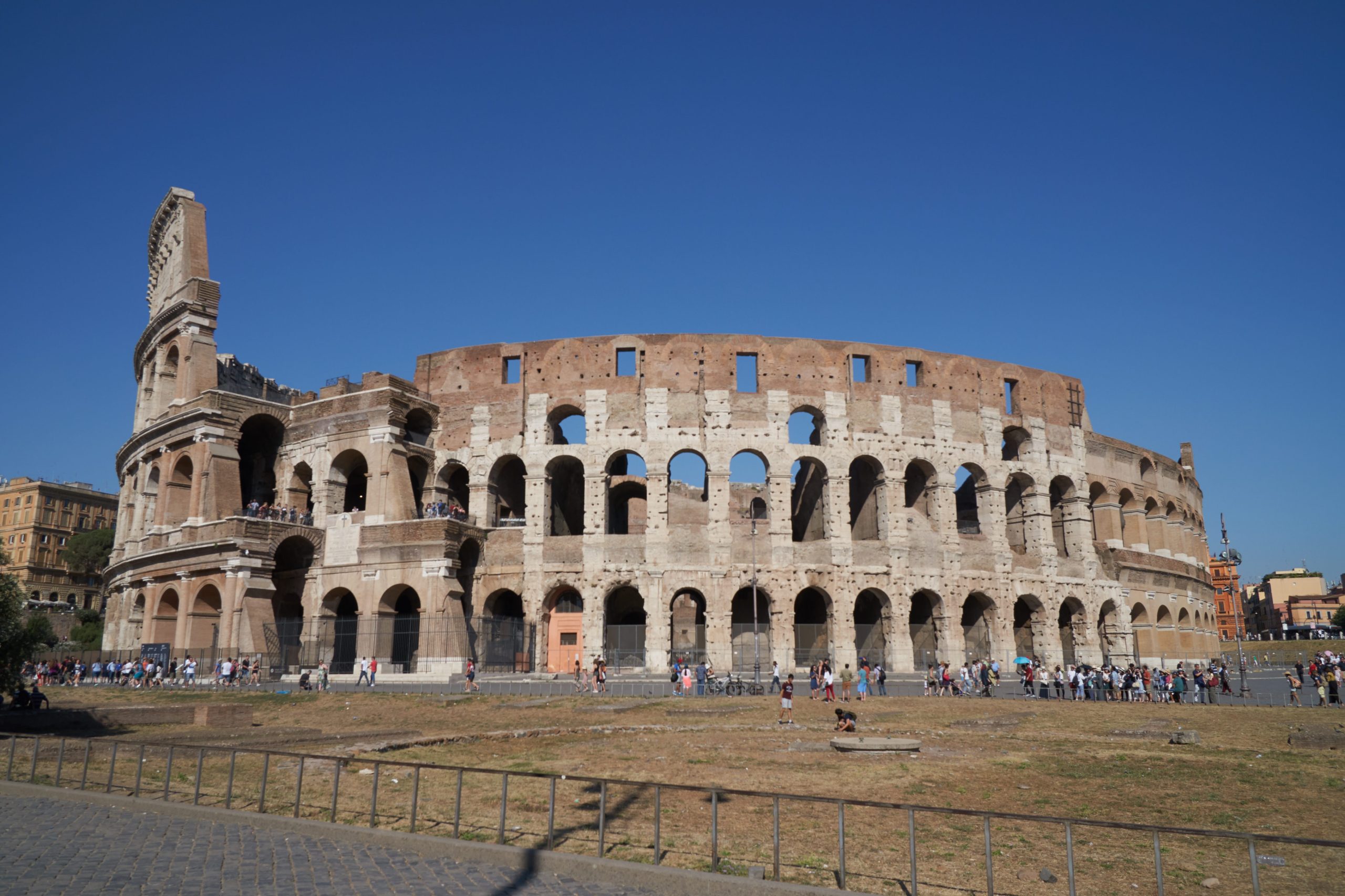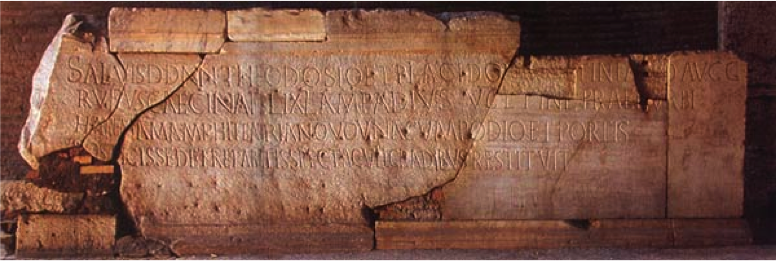1-100 CE
ארץ ישראל תחת השלטון הרומי
The Arch of Titus, Photo by Ardon Bar-Hama
The Zealots, formed by Judas of Galilee, Revolt Against Roman Taxation, 6 CE
In 6 CE, Roman Emperor Augustus annexed what was then a client kingdom of Judea into the Roman Empire. In the same year, Judas of Galilee led a resistance group known as the Zealots to fight against the Romans.
Josephus, The Jewish War, 2.8.1
“And now (Herod) Archelaus’s part of Judea was reduced into a province, and Coponius, one of the equestrian order among the Romans, was sent as a procurator, having the power of [life and] death put into his hands by Cæsar. Under his administration it was, that a certain Galilean, whose name was Judas, prevailed with his countrymen to revolt, and said they (the Jews) were cowards, if they would endure to pay a tax to the Romans, and would, after God, submit to mortal men as their lords.”
Hillel the Elder and the Golden Rule
Hillel
the Elder (d. 10 CE) was one of the foremost Israelite sages in Jerusalem. He is noted for saying:
"What is hateful to you, do not do to your fellow: this is the
whole Torah…”
"If I am not for myself, who will be for me? And being only for
myself, what am I? And if not now, when?"
Tower of David Museum, Photo by Ardon Bar-Hama
Portraits of Israelites from the 1st Century CE
Where Jews Entered The Temple Mount
Reconstruction of the underground passageway of the Double Gate
City of David Megalim Institute, Courtesy of George Blumenthal and the Gol Family
On the Road to Jerusalem:
The Pilgrimage to the Temple for Passover, Shavuot and Sukkot
Philo of Alexandria, On the Special Laws, I:
“Thousands of people from thousands of cities--some by land and some by sea, from east and west, north and south--come for every festival to the Temple, as to a shared haven, to a harbor sheltered from the storms of life.”
City of David Megalim Institute, Courtesy of George Blumenthal and the Gol Family
City of David Megalim Institute, Courtesy of George Blumenthal and the Gol Family
Isthmus of Corinth
Israel Antiquities Authority
A Temple in Flames: The Final Battle for Jerusalem and the Destruction of the Second Temple
City of David Megalim Institute, Courtesy of George Blumenthal and the Gol Family
The Journey along the Pilgrimage Road in the City of David, the Heart of Ancient Jerusalem
City of David Excavations, Jerusalem
“Judea Capta” Coin
After the Destruction of the Second Temple
70 CE
Coin of Emperor Vespasian who left Judea in 68 CE. His son Titus destroyed the Temple in 70 CE.
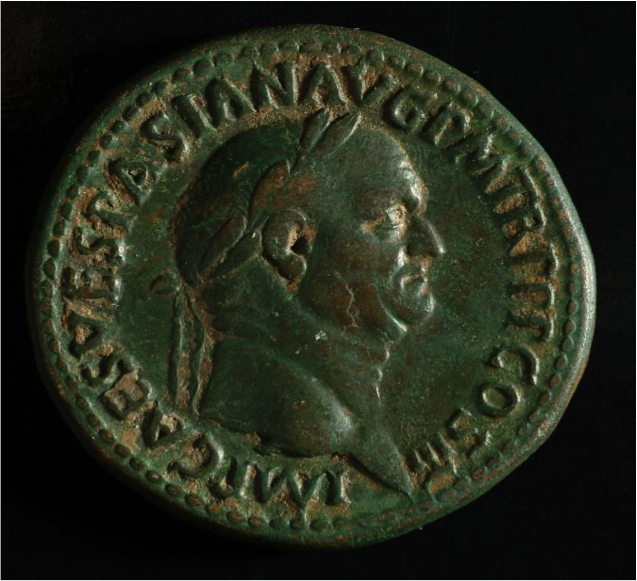
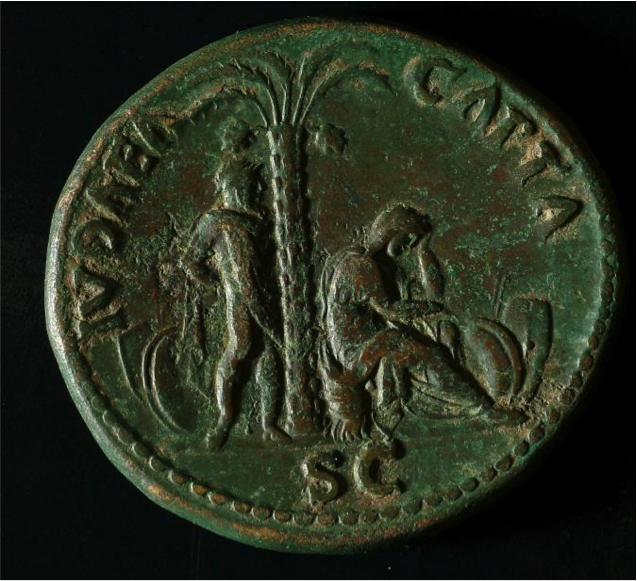
Israel Museum / Israel Antiquities Authority
The Arch of Titus and the Temple Menorah From Jerusalem to Rome, 81 CE
City of David Megalim Institute, Courtesy of George Blumenthal and the Gol Family
The Arch of Titus in the Roman Forum
created with
WordPress Website Builder .